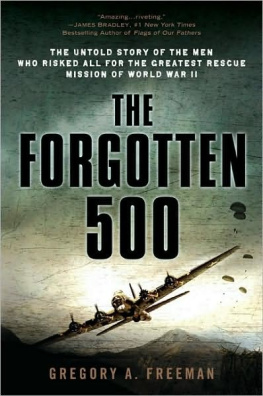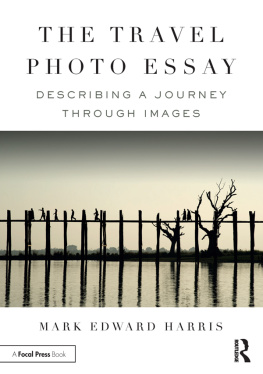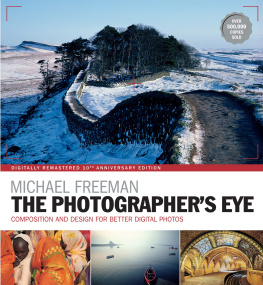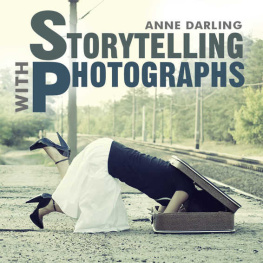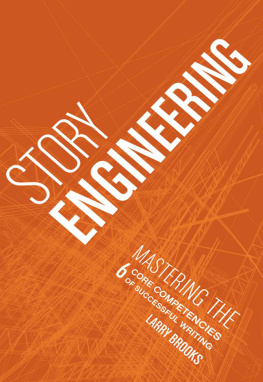
MICHAEL FREEMAN
THE PHOTOGRAPHERS STORY
The Art of Visual Narrative
I L E X
First published in the UK in 2012 by
I L E X
210 High Street
Lewes
East Sussex BN7 2NS
www.ilex-press.com
Copyright 2012 The Ilex Press Limited
Publisher: Alastair Campbell
Associate Publisher: Adam Juniper
Managing Editor: Natalia Price-Cabrera
Specialist Editor: Frank Gallaugher
Editor: Tara Gallagher
Creative Director: James Hollywell
Senior Designer: Ginny Zeal
Design: Lee Suttey
Picture Manager: Katie Greenwood
Color Origination: Ivy Press Reprographics
Any copy of this book issued by the publisher is sold subject to the condition that it shall not by way of trade or otherwise be lent, resold, hired out or otherwise circulated without the publishers prior consent in any form of binding or cover other than that in which it is published and without a similar condition including these words being imposed on a subsequent purchaser.
British Library Cataloguing-in-Publication Data:
A catalogue record for this book is available from the British Library.
ISBN: 978-1-78157-046-3
All rights reserved. No part of this publication may be reproduced or used in any form, or by any means graphic, electronic or mechanical, including photocopying, recording or information storage-and-retrieval systems without the prior permission of the publisher.
10 9 8 7 6 5 4 3 2 1

CONTENTS
INTRODUCTION
I t took the explosion of photography into all its many modern forms to make me realize that what I had been doing most of the time was storytelling. Not all of the timethere were cover shots and single-image jobsbut mostly I did stories. At the time I didnt articulate it quite like that, nor, as I remember, did anyone else I knew. It was simply what we did, or aspired to do. Most of my life in photography has been on assignment, and most of these assignments were of a length that allowed us to move around the subject, show it in different ways, and describe it visually. Some were short, some long. They ranged from a day (not many of those) to a few months (quite a number of thosestrangely, perhaps, but a consequence of my enjoyment of long projects).
Naturally, then, this is the kind of shooting that Ive been closest to, but its only recently that Ive noticed colleagues actually saying things like Im a storyteller with a camera. Its only recently that Ive started saying this. The reason has to do with the changes in photography. Photo stories, picture stories, whatever you like to call them, were really part of magazine assignment culture. Its what magazines like Life, National Geographic, GEO, Smithsonian, Paris Match, Epoca were all about. That world isnt dead by any means, but it doesnt exercise the hold on public attention that it once did. Print, loving it though I do, is at the start of a long, slow declinewhich may sound odd, given that this book is very much print; but by slow I mean very slow. In any case, the writing is on the wall: The screen is taking over.
The result is that the old hierarchical way of doing things is disappearing, and being replaced by a more independent world in which people do photography in pretty much whatever way they likeand with so many millions at it theres a sizable support group for every interest, from iPhoneography to expressive, humanitarian, or collaborative photography. Invention continues happily, and it simply makes definition a little more necessary. One kind of photography that is redefining itself is storytelling, which for many of us is the classic, essential, and pure form of photography. Theres an entirely understandable new interest among new photographers in directing energy towards making a coherent body of work. And few things in photography are more coherent than a well executed story. This is what this book is about.
Theres a new world of self-assignment. It doesnt have the financial support that kept professional editorial photographers going, but its possible and it offers a new freedomto choose what to shoot and to do it entirely in the way you want. These may not be great days for many professional photographers, or for picture editors, but for everyone else the world of photo essays and all the other forms of narrative and storytelling through pictures is at last open to all.

PART 1
THE PHOTO ESSAY
T he term photo essay, which now seems a natural fit, was an invention not without a little pretension. It first appeared in a Life advertisement for itself in 1937, promoting the photographic story as an advanced form that went way beyond a simple collection of pictures. It claimed that the camera can picture the world as a seventeenth-century essayist or a 20th-century columnist would picture it, concluding that the sample story shown, by Alfred Eisenstaedt on Vassar, gives an impression of that college as personal and homogeneous as any thousand words by Joseph Addison. That was aiming high, indeed.
Life may have pioneered the form more single-mindedly than other magazines, but it was by no means the only vehicle for this kind of photography. In the key years of the 1930s, 1940s, and 1950s, other illustrated magazines included Look in the US (launched 1937), Picture Post in the UK (1938), Paris Match in France (1949), and Epoca in Italy (1950). The stimulus, as well see, came first from a novel kind of fast, candid photography that new cameras made possible, and then from a handful of pioneering illustrated magazines in Germany. Publishers on both sides of the Atlantic realized by the mid-1930s that there was a huge public appetite for seeing world events in photographs. More than this, the editors saw the opportunity to create a new form of publishing over which they could have strong, but subtle, controlsequences of images that added up to much more editorially than the individual pictures. With judicious selection and layout, a group of photographs could be turned into a coherent story. This also put more control into the hands of the editorial teaman attractive idea for them, though it introduced a never-ending conflict between photographers and editors. Photographers usually want better and bigger treatment for their favorite images, while editors and designers want the photographs to serve their layouts better.
There is a subtle distinction between picture story and photo essay. In the former, photographs can be harvested from many sources, which in theory makes it possible to run a very high visual standard, and to have a visually varied effect. It also puts control firmly in the hands of the picture editor. The term photo essay, however, implies a single vision and the work of one photographer shooting in a consistent style. Variety, in the form of a compiled picture storyvery common in travel magazinescan produce a visual surfeit if not handled with some sensitivity and restraint. For example, several highly chromatic images from different hands, but shown all together, are likely to look garish.
Photographers, understandably enough, have always pushed for authorship over a photo essay. No one particularly likes sharing the stage with a competitor, and having ownership of the entire story means the possibility of some artistic success.
Next page
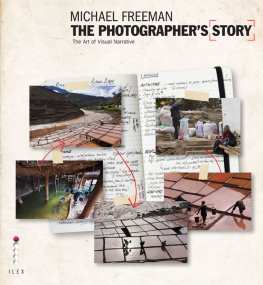
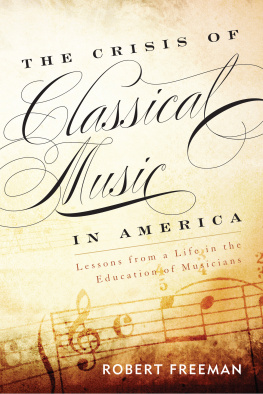

![Freeman - Pro design patterns in Swift: [learn how to apply classic design patterns to iOS app development using Swift]](/uploads/posts/book/201359/thumbs/freeman-pro-design-patterns-in-swift-learn-how.jpg)
